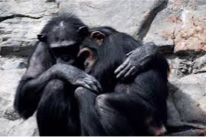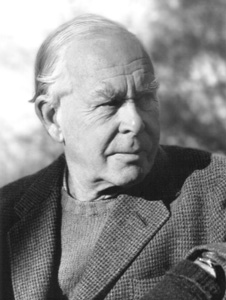How couples can resolve their struggle to get close.
What is the Intimacy Tug-Of-War?
After a time most relationships settle into the following pattern: – one partner seeking more closeness and the other partner seeking more distance. This is often called the pursuer-distancer pattern; sometimes it is called the “blamer-withdrawer dance”.
You won’t see these patterns early in a relationship, during the honeymoon stage. In this phase people are too focussed on how wonderful and ideal their partner is, and are themselves working hard at being the ideal partner for the other. But pretty soon, probably even from the beginning, couples start to shape each other into these roles, leading to a perennial tug-of-war over intimacy. Continue reading “The Intimacy Tug-Of-War”







